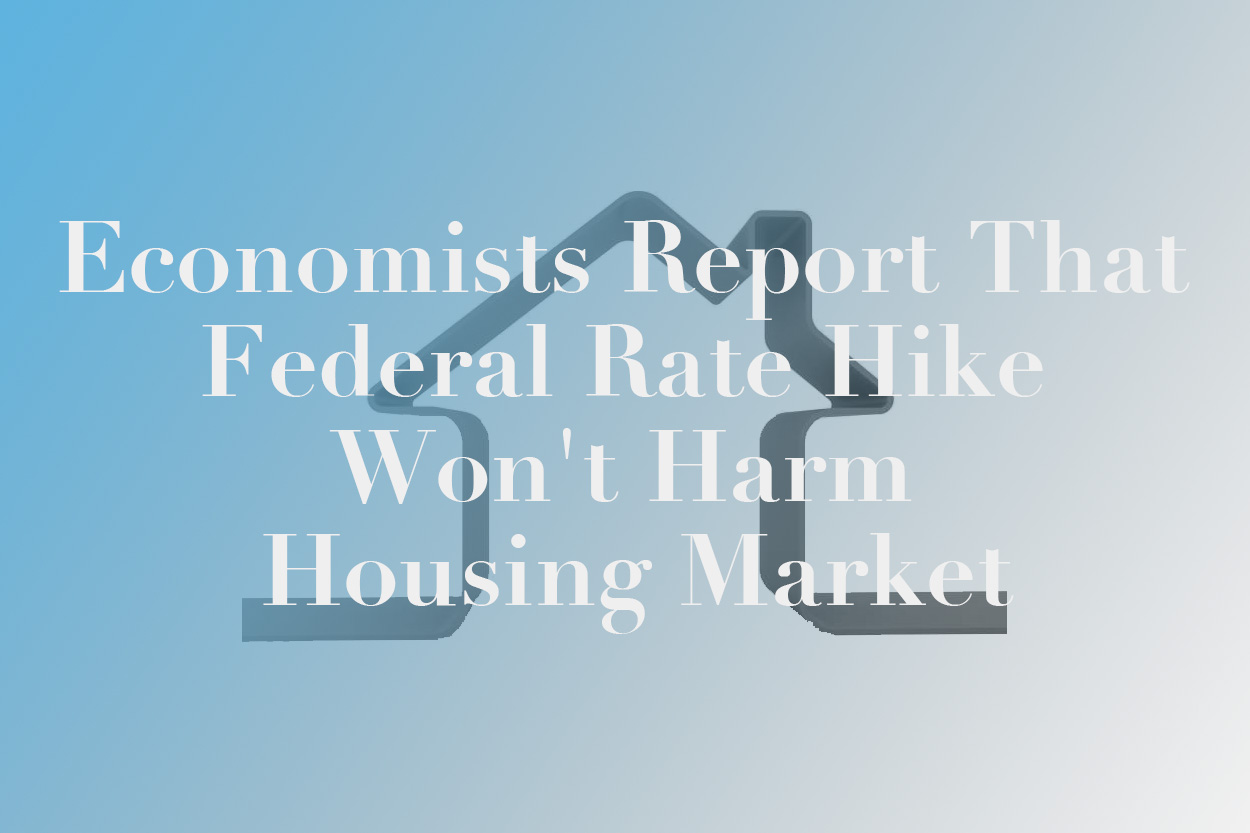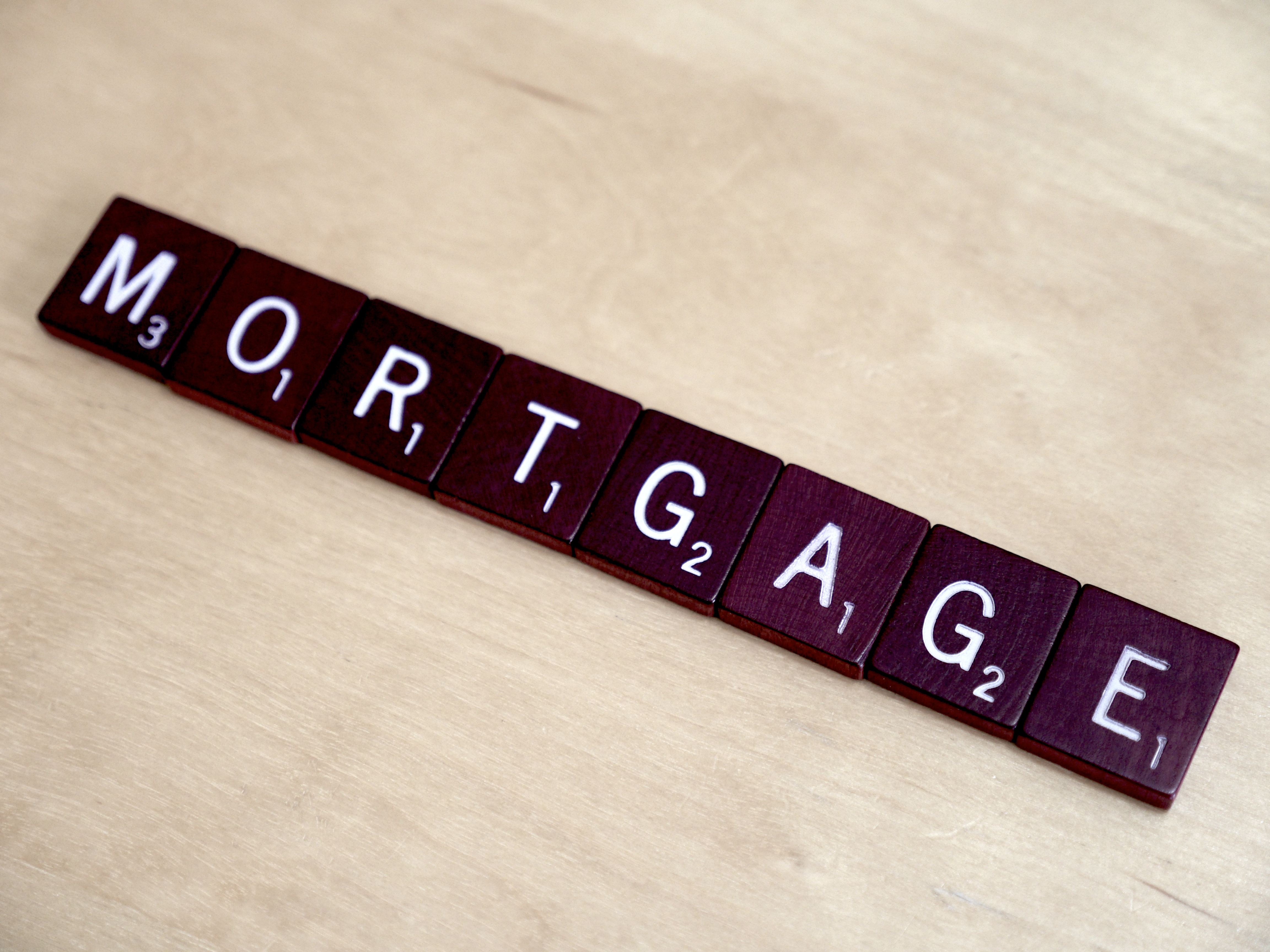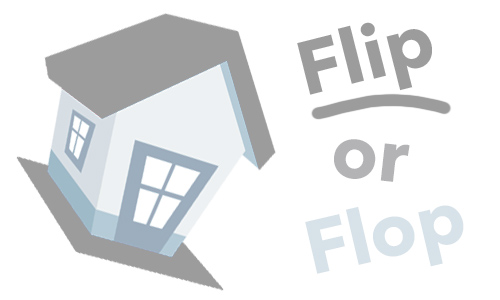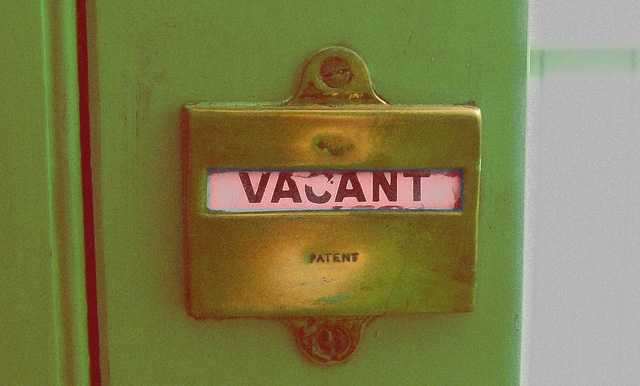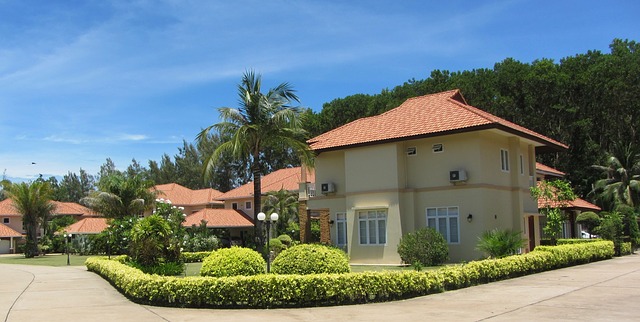Author: Igor Nastaskin
Economists Report That Federal Rate Hike Won’t Harm Housing Market
The housing market is enjoying a wonderful period of recovery, and much of that has been due to the lower interest rates that have encouraged people to make the decision to purchase a home. With the Federal Reserve making plans to hike up those interest rates in the near future, it leaves Americans wondering if the housing market will once again falter. Good Reports From Economists There appears to be good news on this subject from a recent Reuters poll of top economists from across the country. A total of 20 out of the 22 economists that were surveyed agreed that the housing market is absolutely capable of standing up under the Federal Reserve’s planned rate hike. These economists believe that the market will remain resilient due to a variety of factors that include an increased demand for houses from the millennial generation and the rise in the creation of new jobs that are available to those who want to purchase their own home. They also agree that the rate hike will encourage those would-be buyers who have been on the fence about whether to buy a home or not to take the plunge and buy before the interest rates go even higher. Enjoy Low Interest Rates Now It’s still possible for those looking to purchase a home to lock in today’s low interest rates before the rate hike occurs. Visit with your local real estate agent today, so that you can find your perfect home at a better price.
Luxury Real Estate 101: High Net Worths ‘Bagging” World’s Most Exclusive Villa Retreats
Most people dream about buying luxury getaways but do not have the funds. Even though prices range between $1 million and $10 million, it is always fun to examine some of the world’s most unique and lush properties on the market. Luxury Market Since many high-rollers have been looking to secure “trophy” real estate, a record number of properties worth over $100 million were sold last year. Places like London, New York, and Hong Kong have seen the highest prices. In 2014, the property that sold for the most money was in The Hamptons. Although average home prices in the area are $5 million, the luxury estate changed hands for $147 million. Global Luxury Rental Market Instead of making property purchases, many people are opting to rent luxury escapes. Edge Retreats is just one website that caters to the needs of this niche. It provides concierge service and access to the most stylish villas in the world. Thanks to the Internet, secret retreats are now available to online consumers searching for ultra-exclusive getaways. Although the properties are spectacular, they do not come cheap. Some cost up to $375,000 for one week. Besides amenities, many people pay for additional services, including private chefs, sports cars, and private travel excursions. Global Luxury Rentals to Grow It seems the luxury real estate market is booming. By 2016, this industry may be worth $22.5 billion. As online booking becomes more prevalent, people can peruse some of the world’s finest destinations and aspire to rent or buy a piece of paradise.
Delinquent Mortgages at Lowest Level Since 2007
According to the latest National Delinquency Survey from the Mortgage Bankers Association (MBA), delinquent residential mortgages are at their lowest rate since the second quarter of 2007. This marks a decline in the rate by 24 basis points (BPs) since the first quarter of 2015 and by 74 BPs compared to the second quarter of 2014. The National Delinquency Survey measures mortgages on one-to-four-unit residential properties that are at least 30 days past due while omitting mortgages that are already in the foreclosure process. However, foreclosures are also down by 13 BPs over last quarter and 40 BPs over last year. In addition, serious delinquencies, defined as those a minimum of 90 days overdue, fell by 29 BPs over last quarter and by 85 BPs in the last 12 months. Seventy-three percent of mortgages in serious delinquency are legacy loans that were originated before 2008. The rate of all delinquent home loans is at its lowest level since the second quarter of 2007 while the rate of serious delinquencies and foreclosures have not been this low since the fourth quarter of 2007. The decline in foreclosures does not seem to be localized to any particular state as nearly all have reported lower rates this quarter than in the previous quarter, which is a strong sign of national recovery in the housing market and the job market. Marina Walsh, vice president of industry analysis at MBA, pointed out that only 40 percent of mortgages originate in judicial foreclosure states, but these states account for a majority of foreclosures.
Flipping is flopping, says RealtyTrac
According to RealtyTrac data, flipping homes has been on a nearly continuous decline since its peak in 2006. This is attributed to a variety of factors, including a reduction in the number of foreclosures, thus limiting flipping opportunities, as well as flippers taking longer to renovate. The number of flipped foreclosed homes is at a 7.5 year low, and the amount of time it is taking to flip a home has hit an eight year high. RealtyTrac’s second-quarter U.S. Home Flipping Report indicates that, in the last quarter, 4.5 percent of single-family homes sold were flipped. At its height, flipping represented eight percent of single-family home sales. Between the second quarter of 2014 and the first quarter of this year, there was an increase from 4.9 to 5.5 percent, but overall, the percentage of flipped homes sold has trended downward. Although flipping is taking longer and is less common, the profits for doing so have risen, in some cases significantly. The average gross profit for a flip, excluding renovation costs, has risen to a second quarter level of $70,696, up from $67,753 last quarter and way up from $49,842 in the second quarter last year. Average gross profit margin also saw a modest gain of .3 percent between the first and second quarter of this year and a much larger 12.5 percent year-over year gain. However, profits are not always guaranteed with flipping, especially with homes on the low-end of pricing. In the second quarter, homes priced below $50,000 ended up losing money for flippers.
3.8M Homes Stand Vacant
Unbelievably, a number of homes are being held from a real estate market that is seeing constrained inventories. Approximately 3.8 million vacant homes need repairs or are bank-owned. These “zombie foreclosures” were abandoned by homeowners before the foreclosure process could be completed. During the second quarter of 2015, RealtyTrac showed over 127,000 of these properties existed. These houses accounted for double the total listings in the nation’s MLS registry. Many of these homes are concentrated in particular areas of the country. Almost 40 percent of vacant homes are in 10 percent of census tracts. For instance, Cook County has 55,000 abandoned homes. This is one of the highest numbers in the United States. Fortunately, economists claim improvements are being made. Many states have taken measures to fight the zombie foreclosures. The cities, including Chicago, Miami, and Cleveland, hit the hardest by this problem are now enjoying a decrease. On the other hand, banks are still pushing through long-deferred foreclosures that are raising the zombie foreclosure rates in stable markets like Boston, Los Angeles, and Houston. Places like Baltimore, Detroit, and Philadelphia are suffering as well. Each city is treating the vacancies in a different manner. Cleveland is demolishing abandoned homes to preserve neighborhoods, and Buffalo, New York has started selling its vacant properties for $1. Even though the real estate market seems to be in an upswing, a total recovery is impossible until these zombie foreclosures are gone. Concentrating on important cities like Baltimore, Detroit, Chicago, and Philadelphia is vital. These are the places that hold the key to America’s housing future.
How to Buy Your Own Island
Escaping to your own private island is easier than you think. The world is filled with small pieces of paradise that cost under $100,000. Considering this is much cheaper than owning a home in a major city, it may be fun to purchase a vacation retreat. Islands come in all forms. Some are tropical, and others are wild and windswept. Bargains line the water and can be found in all parts of the globe. To uncover the best deals, real estate experts advise searching around Scotland, Ireland, Sweden, or Canada. Although some islands sell for millions of dollars, it is possible to pay much less for some peace and serenity. The typical island buyer is a professional who wants a vacation getaway. However, there is increasing competition from government entities and conservation organizations. For under $100,000, do not expect a world class resort. With a bit of imagination, it is possible to turn a small hut and dock into a custom-built oasis. In real life, Boris Reininghaus, an average German cabinet maker, bought a 16-acre island for approximately $60,000 in Nova Scotia. When he began, the land was empty. With time and ingenuity, he created a family retreat that provided great memories. If you are interested in buying your own island, you can search online. You should only consider properties that are close to the mainland and have an established source of power. Also, you must make sure you can secure a building permit. Paying a bit more for some extra facilities may be wise so that you can simply pack your suitcase and be on your way to your private Eden.
Market Imbalance Drives Home Prices Up
The good news is out! The National Association of Realtors (NAR) just released that existing home sales in the month of June are at a record high. On top of that, the median prices for existing homes also surpassed the price peak for the first time in eight years. Both sales growth and price increases were seen all over the country. NAR’s June report states that all existing home sales, which includes cooperative apartments, condominiums, townhomes and single family homes, showed a 3.2% increase from the previous months and a 9.6% increase from June of last year. According to Lawrence Yun, NAR’s chief economist, this positive growth in sales is due to a wave of demand from potential buyers. With a growing economy backed by steady job growth, more people have the money to purchase a home. Because there is a limited inventory of existing homes, the market is pushing home prices up. The housing market is now experiencing an interesting supply and demand imbalance. In some metropolitan areas, the demand for existing homes far outweighs the supply. In turn, this is creating situations with several bidders and higher home prices. In some cases, homeowners are still tentative to sell their home because they’re not sure they will find another affordable house to purchase. With spring’s first phase of rising mortgage rates, many prospective buyers are jumping at the opportunity to buy now instead of later. This means good news for potential sellers all over America.
Hot Markets in June 2015
As the summer sun sweeps through the United States, the real estate market continues to enjoy a heatwave as well. Realtor.com has analyzed its June 2015 data and explained the trends suggest good news for the housing industry. Jonathan Smoke, chief economist for realtor.com, examined the numbers for the first three weeks of June and found the median list price to be $233,000, a 7 percent increase from this time last year. Median days on the market remain steady at 66 but are 7 percent less than last year. Since more buyers are entering the market, sellers are encouraged to list. This means inventory is growing as well. As many Americans are optimistically looking for ideal homes, realtor.com is enjoying record high traffic. The number of first-time users has increased by 40 percent, and searches are up 50 percent from 2014. It is interesting to uncover where housing demand is hottest. Smoke and his team have crunched the numbers and noted California is dominating the housing market. In this state, supply is tight. The economy is getting strong and driving demand. Texas, Colorado, and Michigan are not far behind. These areas have diversified economies and strong affordability. San Francisco leads the list for sales. Other top cities include Dallas, Denver, Detroit, Austin, Santa Rosa, and Ann Arbor. Things are definitely looking up for the real estate industry. As the economy continues to stabilize, buyers across the country are gaining confidence. It is becoming a smart time to consider entering the market.
